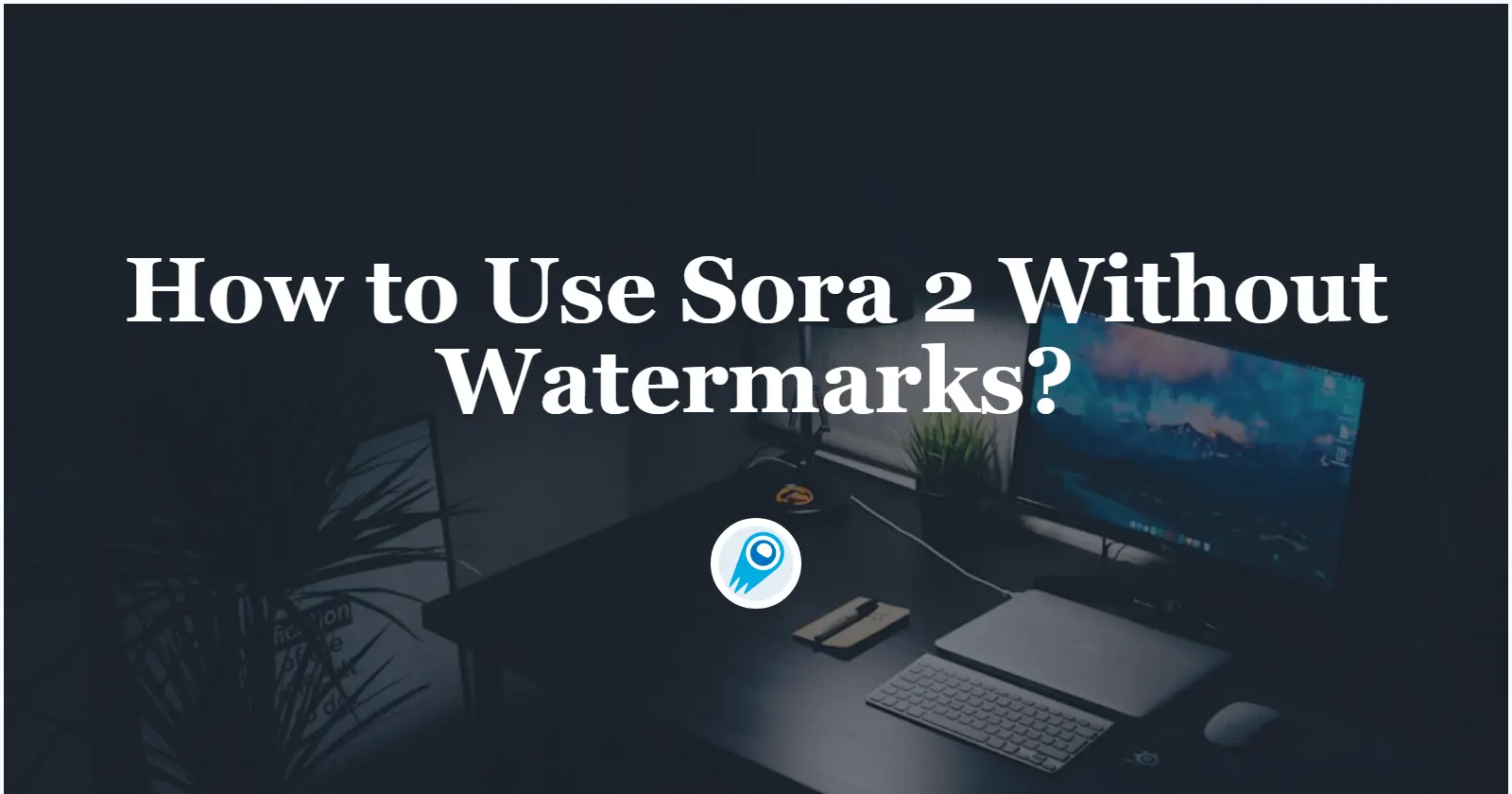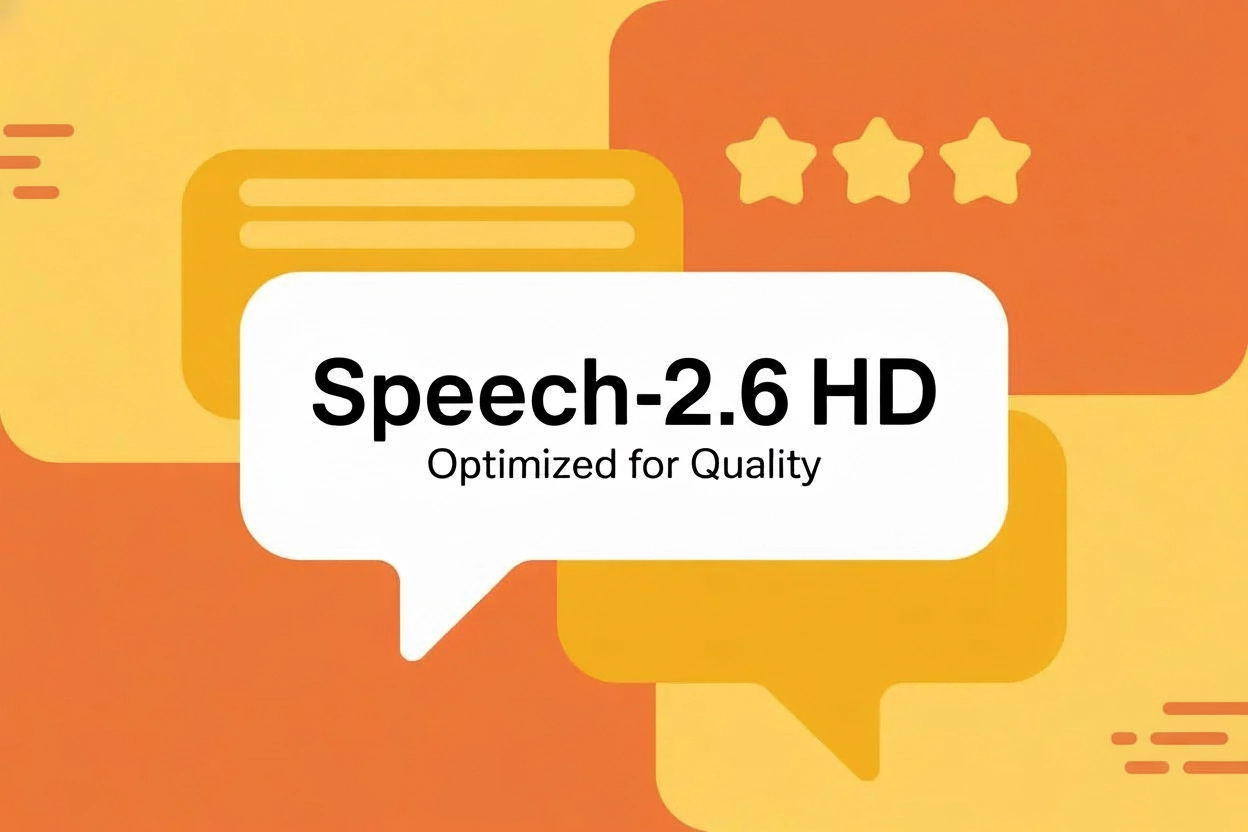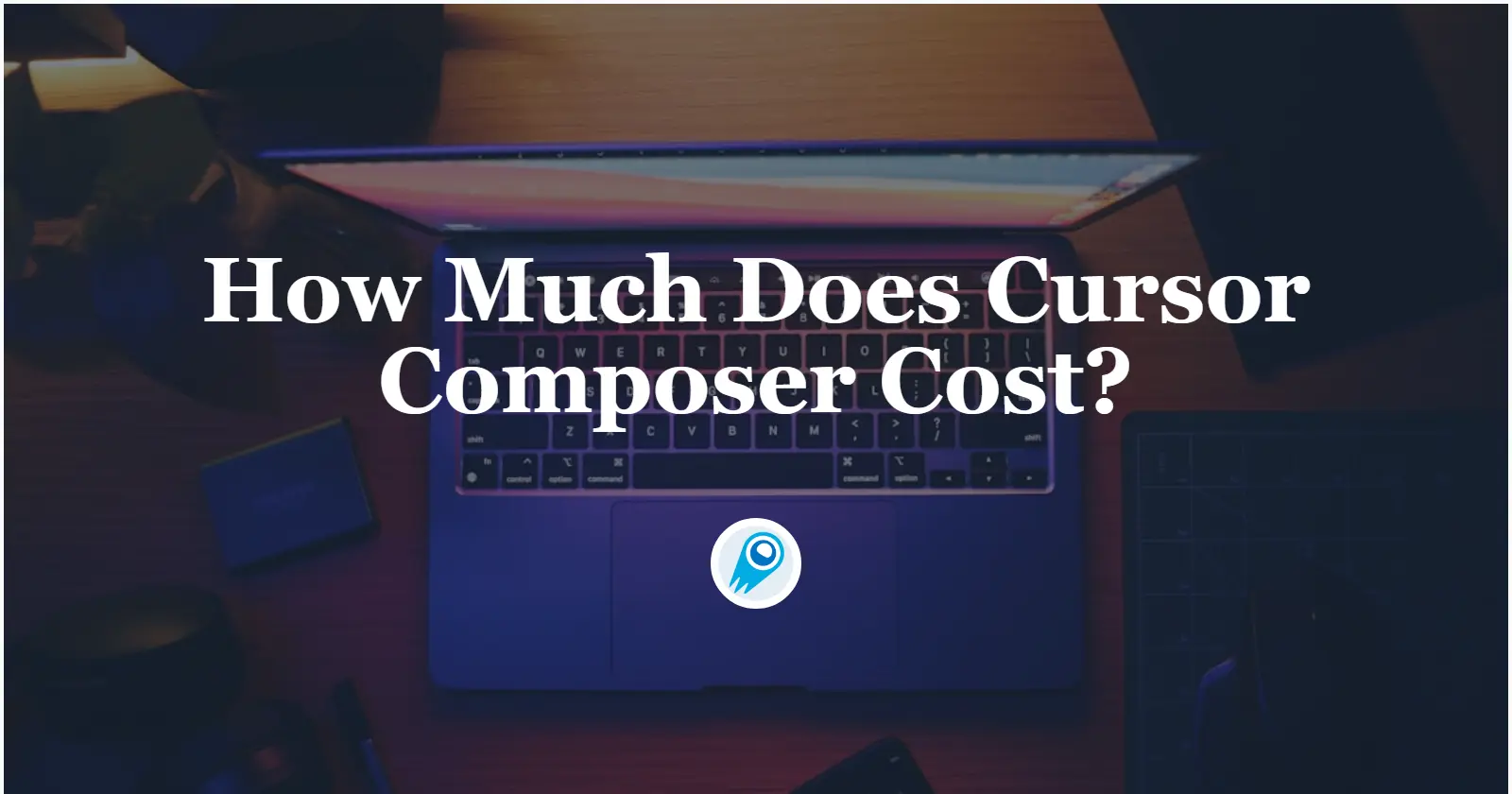Comet API Blog
The CometAPI Blog shares practical guides and updates on mainstream
AI models to help developers get started quickly and integrate them efficiently.
How do you integrate Coze with CometAPI? 2 Methods to help you
Integrating Coze — a visual AI agent and workflow platform — with CometAPI — a unified, OpenAI-compatible gateway to 500+ models — lets you combine Coze’s low-code agent tooling and plugin system with the breadth and cost/control advantages of CometAPI’s multi-model catalog. The result: agents that can call the exact model (or image/video endpoint) you […]
What changes will Seedream 4.0 bring to AI painting models?
ByteDance’s Seed research team today announced the release of Seedream 4.0, the next generation of its image-creation models that the company says delivers faster high-resolution generation, stronger scene and layout understanding, and finer-grained editing controls for professional workflows. Seedream 4.0 is a “new-generation image creation model” that unifies generation and editing, supports complex multimodal prompts, […]
Ultimate Guide to Nano-Banana: How to Use and Prompt for best
Google’s recent release of Gemini 2.5 Flash Image — nicknamed “Nano-Banana” has quickly become the go-to for conversational image editing: it keeps likenesses consistent across edits, fuses multiple images cleanly, and supports very natural prompt-based local edits. Below I’ll walk through what Nano Banana is, how to use it both via Google’s Gemini and via […]
Alibaba AI Unveils Qwen3-Max: trillion-parameter Qwen model, CometAPI supports
Alibaba’s Qwen team has released Qwen3-Max-Preview (Instruct) — the company’s largest model to date, with more than 1 trillion parameters — and made it available immediately through Qwen Chat, Alibaba Cloud Model Studio (API), and third-party marketplaces such as CometAPI. The preview targets reasoning, coding, and long-document workflows by combining extreme scale with a very […]
WordPress autoblogging plugins now support CometAPI — how to use
The CyberSEO Pro and RSS Retriever autoblogging plugins for WordPress now support CometAPI as an alternative to GoAPI and OpenRouter. This integration includes image generation with Midjourney, as well as the entire Flux lineup: Flux Kontext Max, Flux Kontext Pro, Flux Schnell Pro, Flux Schnell Dev, Flux 1.1 Pro Ultra, and Flux 1.1 Pro. It also covers lots of flagship language models include ,Gemini, […]
How to deploy deepseek-v3.1 locally via ollama: The Eastest Guide
DeepSeek-V3.1 is a hybrid “thinking / non-thinking” MoE language model (671B total, ≈37B activated per token) that can be run locally if you use the right provider/quantization and tooling. Below I explain what DeepSeek-V3.1 is, the hardware/software requirements, step-by-step local run tutorials (Ollama + llama.cpp examples), and how to deploy and use Thinking Mode (the […]
Does Grok allow NSFW? All You Need to Know
In the rapidly evolving landscape of artificial intelligence, content moderation remains a pivotal concern. While many AI platforms implement stringent filters to prevent the generation of Not Safe For Work (NSFW) content, Grok, developed by Elon Musk’s xAI, has adopted a notably different approach. This article delves into Grok’s stance on NSFW content, examining its […]
How to integrate AI APIs in Make using CometAPI?
One of the most effective ways to bring AI capabilities into everyday business processes is by integrating AI APIs into workflow automation platforms. Make is one such platform, offering a powerful, no-code environment for building complex automation scenarios. When paired with CometAPI, a pre-built Make app designed to simplify AI API usage, businesses can harness […]
How Long does ChatGPT Take to Create an Image
Artificial image generation is one of the fastest-moving features in generative AI today. Developers and creators routinely ask the same practical question: “how long will ChatGPT take to get my image?” The simple answer is: it depends — on the model you use, the API or UI path, image size/quality, concurrent load at the provider, […]
Integrating LiteLLM with CometAPI — a practical guide for engineers
Over the past few months, the AI landscape has shifted quickly: OpenAI shipped GPT-5 to developers and refreshed its realtime stack; Anthropic updated Claude and its data-use policies; and Google pushed Gemini deeper into the home and smart-device ecosystem. Those shifts matter because they change which models you’ll want to reach and how you’ll monitor […]

How to Use Sora 2 Without Watermarks—A Complele Guide
OpenAI’s Sora 2 — its latest video-and-audio generative model — arrived this fall as a major step forward in photorealistic video generation and synchronized audio. […]

How to Run GPT-5-Codex with Cursor AI?
Lately,OpenAI has launched a specialized version—GPT‑5‑Codex—specifically tuned for software engineering workflows via its Codex brand. Meanwhile, coding-IDE provider Cursor AI has integrated GPT-5 and GPT-5-Codex […]

MiniMax Releases MiniMax Speech 2.6 — A Deep Dive into the New Speech Model
MiniMax announced MiniMax Speech 2.6, the company’s newest text-to-speech (TTS) / text-to-audio engine optimized for real-time voice agents, voice cloning, and high-fidelity narration. The update […]

How to delete Luma AI creations? 2 Ways!
Generative tools like Luma AI’s Dream Machine make powerful, beautiful images and videos fast — but sometimes you change your mind. Whether you want to […]

How Much Does Cursor Composer Cost?
Cursor Composer is a new, frontier-grade coding model released as part of Cursor 2.0 that delivers much faster, agentic code-generation for complex, multi-file workflows. Access […]

How to access and use Minimax M2 API
MiniMax M2, a new generation large language model optimized for agentic workflows and end-to-end coding. MiniMax publicly released MiniMax-M2 and published weights on Hugging Face; […]
